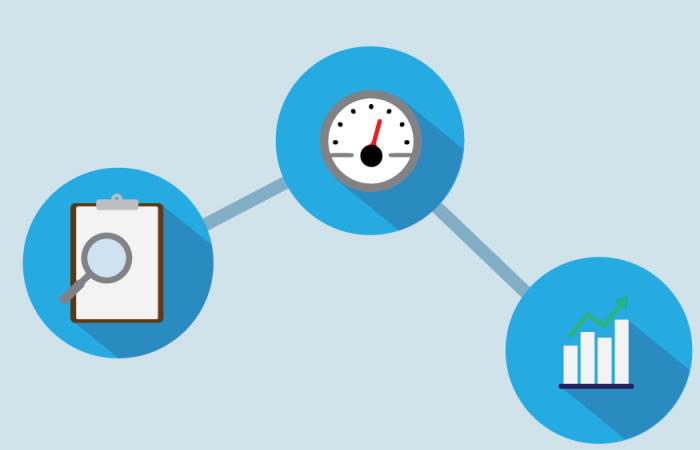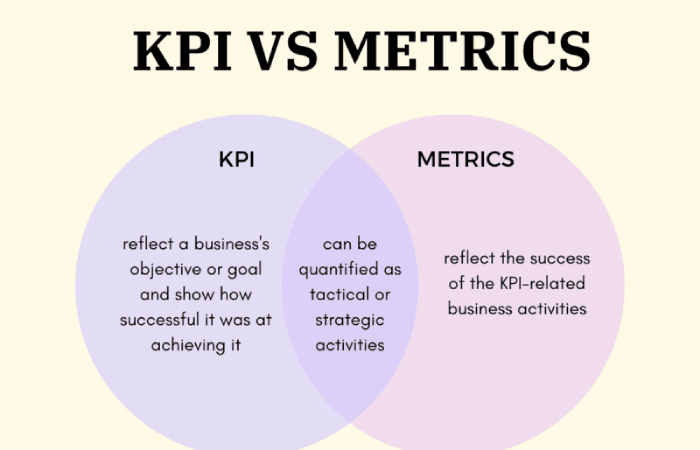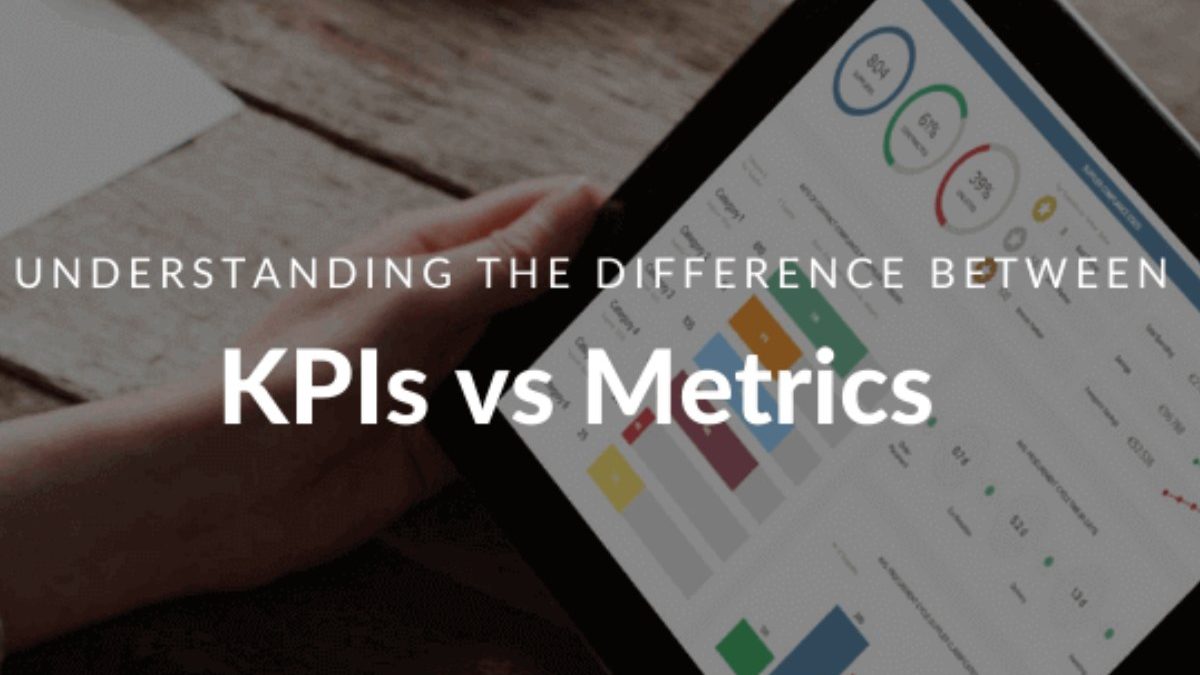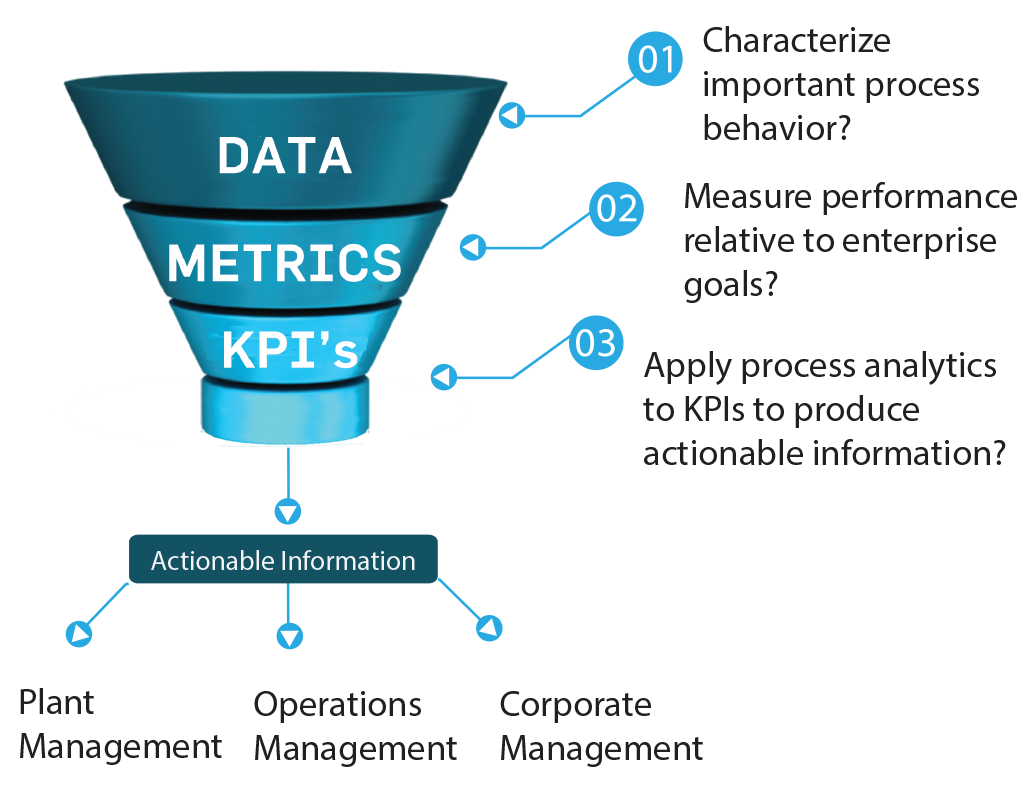Table of Contents
Metrics vs. KPI
metrics vs kpi – Metrics and Key Performance Indicators (KPIs) are important concepts in various fields, including business, project management, and performance evaluation. While both terms are related to measuring performance and progress, they have distinct characteristics and purposes. This introduction will explore the differences between metrics and KPIs and understand how they contribute to assessing performance and achieving goals.
Metrics
Metrics refer to quantitative or qualitative measures used to track, analyze, and evaluate specific aspects of a process, system, or performance. They provide objective data and information that can used to assess performance, identify trends, and make informed decisions. Metrics can be diverse and can vary depending on the industry, context, and specific goals. It include revenue, customer satisfaction scores, website traffic, production output, employee turnover rate, and customer acquisition cost.
This can be categorized into different types based on their characteristics. Lagging metrics measure performance after an event and are often used for historical analysis. Leading metrics, on the other hand, provide insights into future performance and can help in predicting outcomes. Both lagging and leading metrics are valuable for assessing performance and making data-driven decisions.
KPIs (Key Performance Indicators)
They are a subset of metrics that are specifically chosen to evaluate the performance of an organization, department, project, or individual against predefined goals and objectives. KPIs are strategic and help organizations align their activities with their overall objectives. By tracking KPIs, businesses can gauge progress, identify areas for improvement, and make necessary adjustments to achieve desired outcomes.
KPIs are typically derived from critical success factors, which are the key areas that significantly impact the success of an organization. They should be relevant, measurable, achievable, and time-bound to evaluate performance effectively. For instance, if a company aims to increase customer satisfaction, a KPI could be the percentage increase in customer satisfaction scores over a specific period.
KPIs are often used at different levels within an organization. High-level KPIs measure overall performance, while departmental or individual KPIs focus on specific areas and responsibilities. Organizations can track progress toward their strategic goals by monitoring KPIs, driving performance improvement, and ensuring accountability.
Understanding How Metrics Work

The basic principle behind metrics is to define a set of parameters that can be measured and analyzed to gain insights into the performance or effectiveness of a particular entity or process. These parameters should be well-defined, relevant, and aligned with the assessed goals or objectives.
To understand how metrics work, let’s consider a few key components:
- Measurement: Metrics involve collecting data through various measurement techniques. This data can be gathered using direct observations, surveys, automated systems, sensors, or other sources. The measurements should be accurate, consistent, and reliable to ensure the integrity of the metrics.
- Quantification: Metrics involve assigning numerical values to the collected data, allowing easy comparison and analysis. The quantification can done using different units, scales, or scores depending on the nature of the metric and the information being measured.
- Analysis: Once the data is collected and quantified, it must analyzed to derive meaningful insights. Statistical methods, data visualization, trend analysis, or other analytical techniques are used to interpret the data and understand the metrics’ patterns, trends, or relationships.
- Benchmarking and Targets: Metrics often involve setting benchmarks or targets as reference points for evaluation. These benchmarks can be industry standards, historical performance, or desired goals. Organizations can assess their performance and identify improvement areas by comparing the actual metric values with the benchmarks.
- Action and Improvement: Metrics are not only used for assessment but also for driving action and improvement. When metrics highlight areas of underperformance or identify opportunities for optimization, organizations can take targeted actions to address the issues and improve the relevant processes or outcomes.
The Metrics vs. KPI Debate: What’s the Difference?

The terms “metrics” and “key performance indicators (KPIs)” are often used interchangeably, but they do have distinct meanings and purposes. Let’s clarify the difference between metrics and KPIs:
Metrics
Metrics are quantitative or qualitative measurements used to track and assess various aspects of a business. They provide objective data and help organizations understand their performance, progress, and trends. Metrics can applied to business areas, such as sales, marketing, finance, customer service, and operations.
Examples of metrics include:
- Revenue: The total income generated from sales.
- Conversion rate: The percentage of website visitors who revenue a desired action, such as purchasing or signing up for a newsletter.
- Customer satisfaction score: A rating or survey response that indicates how satisfied customers are with a product or service.
- Employee turnover rate: The proportion of employees who leave a company over a specific period. Metrics are valuable for providing insights into performance, identifying areas for upgrading, and making data-driven decisions. However, not all metrics are equally important, which is where KPIs come into play.
KPIs are a subset of metrics specifically chosen to measure and evaluate the performance of an organization in achieving its strategic objectives or key goals. They are often linked to critical success factors and reflect the key drivers of business success. KPIs are crucial for monitoring progress and aligning activities with desired outcomes.
To establish effective KPIs, organizations typically follow the SMART framework, which stands for Specific, Measurable, Achievable, Relevant, and Time-bound. This framework ensures that KPIs are well-defined and actionable.
Here are a few examples of KPIs:
- Monthly sales growth rate: A specific target percentage for increasing sales each month.
- Customer acquisition cost (CAC): The average cost of acquiring a new customer.
- Net promoter score (NPS): A measure of customer loyalty and satisfaction, indicating the likelihood of customers recommending a company to others.
- On-time delivery rate: The percentage of orders or shipments delivered on time.
KPIs help organizations focus on what matters most and gauge their progress toward strategic objectives. They clearly understand performance and enable comparisons against targets or benchmarks.
However, metrics are measurements used to assess performance across various business areas. At the same time, KPIs are a subset of metrics specifically chosen to track and evaluate performance against strategic objectives or key goals.
Conclusion:
In Addition, Metrics and KPIs are integral components of performance evaluation and management. Metrics encompass a broader range of measures used to analyse various aspects of performance, while KPIs are carefully selected metrics that align with specific goals and objectives. Both metrics and KPIs play vital roles in assessing performance, identifying trends, and driving improvement. By effectively utilizing metrics and establishing meaningful KPIs, organizations can make data-driven decisions and enhance their chances of achieving success.



